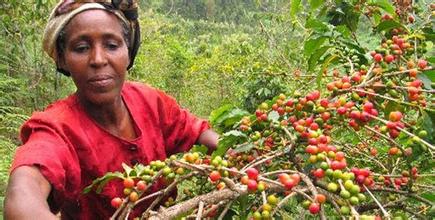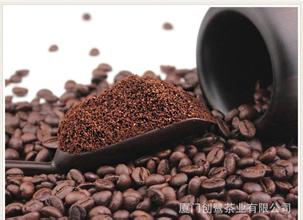Introduction to the taste of El Salvador coffee beans produced by the method of grinding and calibration
El Salvador Coffee Bean Characteristics Region Flavor Description Grind Scale Treatment Taste Introduction
Flavor: balanced taste, excellent texture
Recommended baking method: medium to deep, with multiple uses
Top quality beans: Salvador SHB
Taste characteristics: acid, bitter, sweet mild moderate.
El Salvador is tied with Mexico and Guatemala as the producer of Asa and Meldo, and is competing with other countries for the top one or two places in Central America. Highland origin, for the size of large coffee beans, fragrant taste mild. Like Guatemala and Costa Rica, coffee in El Salvador is graded according to altitude, with the higher the altitude, the better the coffee, and divided into three grades: SHB (strictly high grown)= high, HEC (high grown central)= medium high, CS (central standard)= low; the best brand is Pipil, the Aztec-Mayan name for coffee, which has been approved by the Organic Certified lnstitute of America.
Red honey: remove about 25% of pectin first, because more pectin is retained, so it takes more time to dehydrate, and at the same time reduce the time of direct sunlight exposure, and some places will also use a sunscreen, which will take about 12 days.
Black honey: almost no pectin removed, pectin thicker, so it will take about 20-25 days to dry dehydration
At this time, I would also like to mention a honey treatment that I just saw last year:
white honey
With the development of science and technology, the human brain has infinite holes. Different proportions are constantly tried. White honey is about 80% pectin removed, which is equivalent to only a little bit left. The taste is a bit close to washing.

Important Notice :
前街咖啡 FrontStreet Coffee has moved to new addredd:
FrontStreet Coffee Address: 315,Donghua East Road,GuangZhou
Tel:020 38364473
- Prev

Description of characteristics and Flavor of Panamanian Coffee beans introduction to the taste of variety treatment in grinding scale production area
Panamanian coffee beans characteristic flavor description grinding scale production area variety treatment method taste introduction unique coffee Panamanian unique coffee is divided into small batches classified and numbered, small batches are designed to small capacity for optimal management, classification numbers enable buyers to understand and track the information of the whole process. Because of its small quantity, Panamanian coffee products are based on special coffee.
- Next

Introduction to the method of taste treatment of Yejia Coffee Coffee Flavor description Grinding scale Variety producing area
Yega Snow Coffee Flavor description Grinding scale Variety production area Taste treatment method Solar Yega Coffee sets a strict standard for collecting red fruits (as a result of coffee trees). Before exposure to coffee fruits, unripe green fruits or defective fruits are removed manually, and damaged or moldy fruits are removed during the sun drying process. after two weeks, the flesh sugar and essence are all infiltrated into the coffee beans, and the water content is reduced to 12%.
Related
- Detailed explanation of Jadeite planting Land in Panamanian Jadeite Manor introduction to the grading system of Jadeite competitive bidding, Red bid, Green bid and Rose Summer
- Story of Coffee planting in Brenka region of Costa Rica Stonehenge Manor anaerobic heavy honey treatment of flavor mouth
- What's on the barrel of Blue Mountain Coffee beans?
- Can American coffee also pull flowers? How to use hot American style to pull out a good-looking pattern?
- Can you make a cold extract with coffee beans? What is the right proportion for cold-extracted coffee formula?
- Indonesian PWN Gold Mandrine Coffee Origin Features Flavor How to Chong? Mandolin coffee is American.
- A brief introduction to the flavor characteristics of Brazilian yellow bourbon coffee beans
- What is the effect of different water quality on the flavor of cold-extracted coffee? What kind of water is best for brewing coffee?
- Why do you think of Rose Summer whenever you mention Panamanian coffee?
- Introduction to the characteristics of authentic blue mountain coffee bean producing areas? What is the CIB Coffee Authority in Jamaica?

